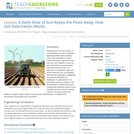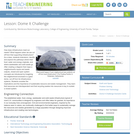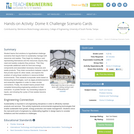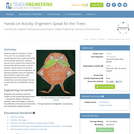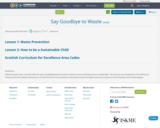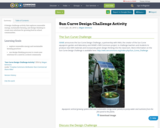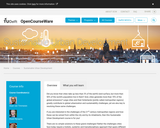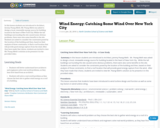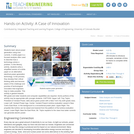
Students learn about power generation using river currents. A white paper is a focused analysis often used to describe how a technology solves a problem. In this literacy activity, students write a simplified version of a white paper on an alternative electrical power generation technology. In the process, they develop their critical thinking skills and become aware of the challenge and promise of technological innovation that engineers help to make possible. This activity is geared towards fifth grade and older students and computer capabilities are required. Some portions of the activity may be appropriate with younger students. CAPTION: Upper Left: Trey Taylor, President of Verdant Power, talks about green power with a New York City sixth-grade class. Lower Left: Verdant Power logo. Center: Verdant Power's turbine evaluation vessel in New York's East River. In the background is a conventional power plant. Upper Right: The propeller-like turbine can be raised and lowered from the platform of the turbine evaluation vessel. Lower Right: Near the East River, Mr. Taylor explains to the class how water currents can generate electric power.
- Subject:
- Applied Science
- Engineering
- Hydrology
- Physical Science
- Material Type:
- Activity/Lab
- Provider:
- TeachEngineering
- Provider Set:
- TeachEngineering
- Author:
- Cindy Coker
- Denise W. Carlson
- Jane Evenson
- Malinda Schaefer Zarske
- Trey Taylor
- Date Added:
- 10/14/2015

